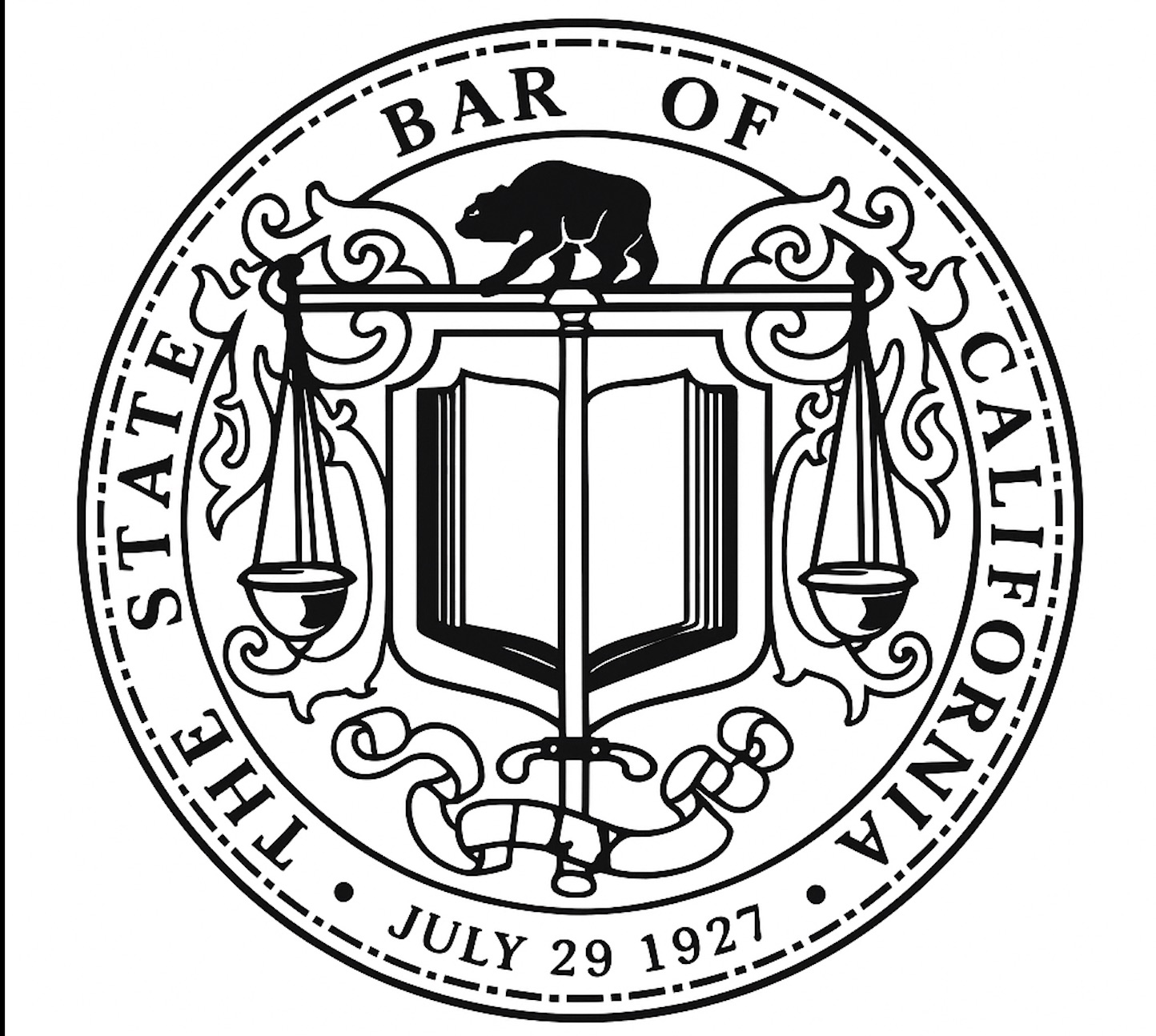Understanding the Revocation of Trust in Estate Planning
Introduction
Estate planning is a crucial aspect of managing one’s assets and ensuring a smooth transfer of ownership after one’s passing. Trusts play a vital role in this process, providing individuals with the means to protect and distribute their assets according to their wishes. Among the different types of trusts, revocable trusts offer flexibility and control. However, there may come a time when revocation of a trust becomes necessary. This article examines trust revocation, its implications, and the significance of legal documentation in estate planning.
Benefits of Revocable Trust
When it comes to estate planning, the benefits of a revocable trust are numerous. Such trusts hold designated assets, providing a structured framework for management and distribution. The advantages of a revocable trust include avoiding probate, which is a potentially lengthy and costly legal process. By placing assets in a trust, you can streamline the transfer of ownership and minimize complications for your beneficiaries. Understanding the pros and cons of a revocable trust will help determine whether it’s the right choice for your needs.

Understanding Revocable Trusts
A revocable trust grants the creator (the grantor of a revocable trust) control over assets during their lifetime. The grantor can modify or revoke the trust at any time, hence the term “revocable.” It is established through a legal document known as a trust agreement, which outlines the trust terms, trustee appointment, and asset management. The grantor retains the right to amend or revoke the trust as they see fit, which is one of the major advantages of a revocable living trust.
An example of a revocable trust could be a revocable trust as beneficiary of life insurance, where the payout is directed into the trust for easier asset management. The meaning of revocable trust lies in its flexibility—it allows changes to be made while the grantor is alive, unlike irrevocable trusts.
The Revocation of Trust
The revocation of a trust refers to the act of terminating a revocable trust. This can be done for various reasons, such as changes in personal circumstances, financial situations, or estate planning goals. Proper legal procedures and a revocation of living trust declaration are crucial when revoking a trust.
The process typically involves drafting a formal trust revocation document that is signed and notarized. This declaration must reference the original trust agreement and clearly state the grantor’s full intent for revocation. Adhering to legal requirements ensures a valid and effective revocation.
Purpose of a Revocable Trust
The purpose of a revocable trust is to provide flexibility in estate planning. Common reasons for revoking one include:
- Change in personal circumstances (marriage, divorce, birth of children or grandchildren)
- Alterations in financial status
- Dissatisfaction with the appointed trustee or beneficiaries
- Desire to modify the estate plan to align with current goals
By knowing the purpose of revocable trust and the benefits of a revocable living trust, you can better decide whether to amend or revoke it.
Revoking a Revocable Trust
To revoke a revocable trust, you must:
- Draft a trust revocation declaration with details of the original agreement.
- Sign and notarize the document.
- Consult an estate planning attorney to ensure all legal requirements are met.
In some cases, instead of full revocation of trust, you might amend it. This is often more practical if only small changes are needed.
Implications of Trust Revocation
Revoking a revocable trust affects asset ownership and distribution. Upon revocation, assets return to the grantor’s name.
Regarding the taxation of revocable trusts, they generally offer no estate tax benefits since they are part of the grantor’s estate. The taxation of revocable trust assets after revocation may still create liabilities depending on the situation. It’s wise to seek advice from a tax professional. You should also review other related documents (wills, powers of attorney, healthcare directives) to maintain consistency after revocation.
Alternative Options
Rather than a complete revocation of living trust, you can:
- Amend the trust to reflect current wishes
- Create a new trust (for example, a sample of revocable living trust)
- Understand that both revocable and irrevocable trusts avoid the lengthy process of Probate, but only revocable trusts allow easy changes
Seeking Legal Advice
Given the complexity and pros and cons of revocable trust, it’s best to work with an estate planning attorney. They can help ensure proper execution and guide you in understanding what is the purpose of a revocable trust, what are the benefits of a revocable trust, and what is the downside of a revocable trust.
Conclusion
Revoking a trust is a major decision. Whether prompted by changing circumstances or a desire for a fresh start, knowing the advantages of revocable trust, its limitations, and the legal steps for revocation of trust ensures your estate plan stays aligned with your goals.
FAQS
The benefits of a revocable trust include avoiding probate, maintaining privacy, ensuring smooth asset management, and allowing the grantor to make changes or revoke the trust during their lifetime. This flexibility makes it a valuable estate planning tool for many individuals.
Revocable trusts provide a legal framework for managing and distributing assets while allowing the grantor to retain control. It can help avoid the lengthy probate process, ensure privacy, and provide clear instructions for asset distribution in the event of incapacity or death.
The downside of a revocable trust is that it does not offer estate tax benefits during the grantor’s lifetime, as the assets are still considered part of their estate. Additionally, setting up and maintaining the Trust may involve legal and administrative costs.
The grantor of a revocable trust is the individual who creates the trust. He funds it with their assets, and retains the right to amend, revoke, or terminate it during their lifetime. The grantor also appoints a trustee to manage the trust according to instructions.
An example of a revocable living trust is when a person creates a trust during their lifetime. He transfers their home, bank accounts, and investments into it, and names themselves trustee. Upon death, the trust assets pass directly to the beneficiaries, bypassing probate, as specified by the trust’s terms.













